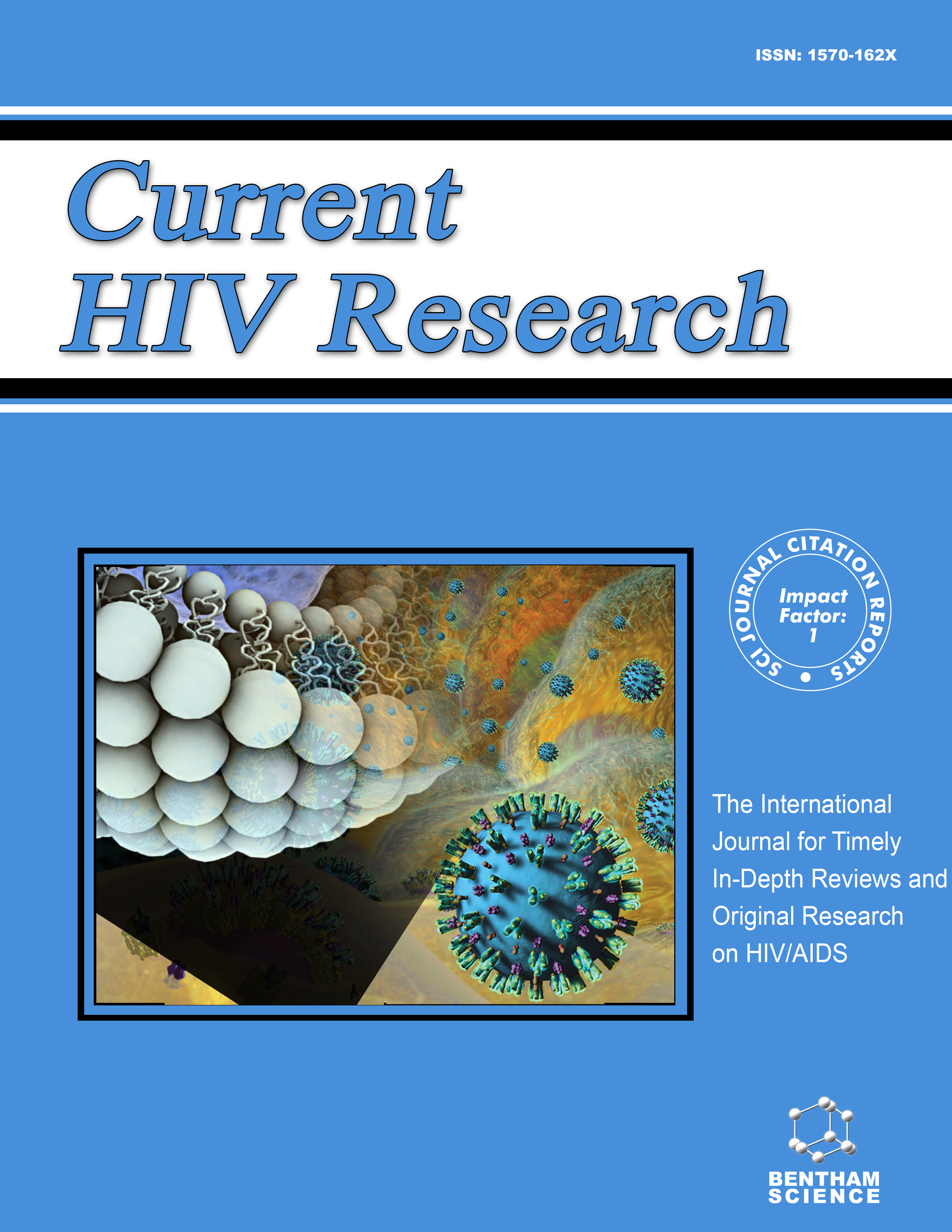
Full text loading...
We use cookies to track usage and preferences.I Understand

The increased risk of metabolic syndrome (MetS) and its subcomponents among people living with HIV/AIDS, especially in developing countries, is well documented with the global pooled prevalence of the related risk factors in this population.
This study aimed to explore the prevalence of MetS among Iranian People living with HIV according to the ATP III and Iranian criteria.
The cross-sectional study was conducted on consecutive patients who visited THE referral centre for AIDS/HIV between May to December 2023. A total of 130 participants (n=83; 63.8% male) were investigated based on the inclusion criteria, which included having a minimum age of 25 and a maximum of 65 years and following a stable ART treatment regimen for at least six months. A Chi-square test was used to determine the relationship between the categorical variables. Uni/Multi-variable linear regression analysis was used to quantify the associations between MetS and HIV by the independent variables.
The incidence of MetS according to ATP III and Iranian criteria were 42 (32.3%) and 45 (34.6%), which was higher in older patients (p=0.001) and those with more duration since HIV diagnosis (p=0.02). Around 33.1% and 16.1% were overweight and obese, respectively. Among the components of MetS, the highest prevalence (50.8%) was related to low HDL, and the lowest was related to fasting blood sugar (21.5%). The average body fat mass, protein mass, Soft lean mass, and percentage body fat were 18.54±9.46 kg, 10.91±2.17 kg, 51.31±9.61 kg, and 24.86±10.25% that were higher in MetS group (p<0.05).
Our study points out the high prevalence of MetS in an Iranian population living with HIV, especially those suffering from the underlying disease for a longer time. Conducting multi-centric studies with larger sample sizes is needed to confirm our results and determine the most effective measures.

Article metrics loading...

Full text loading...
References


Data & Media loading...